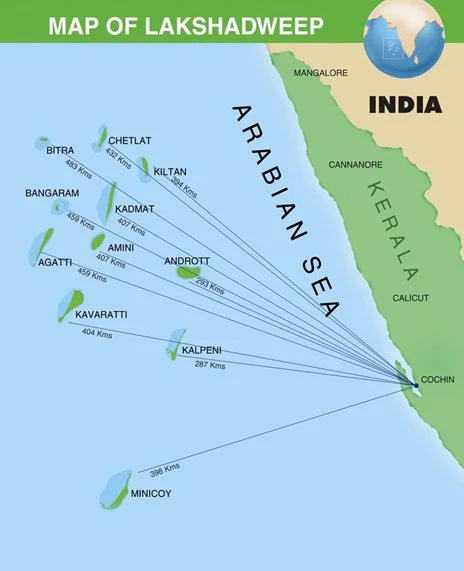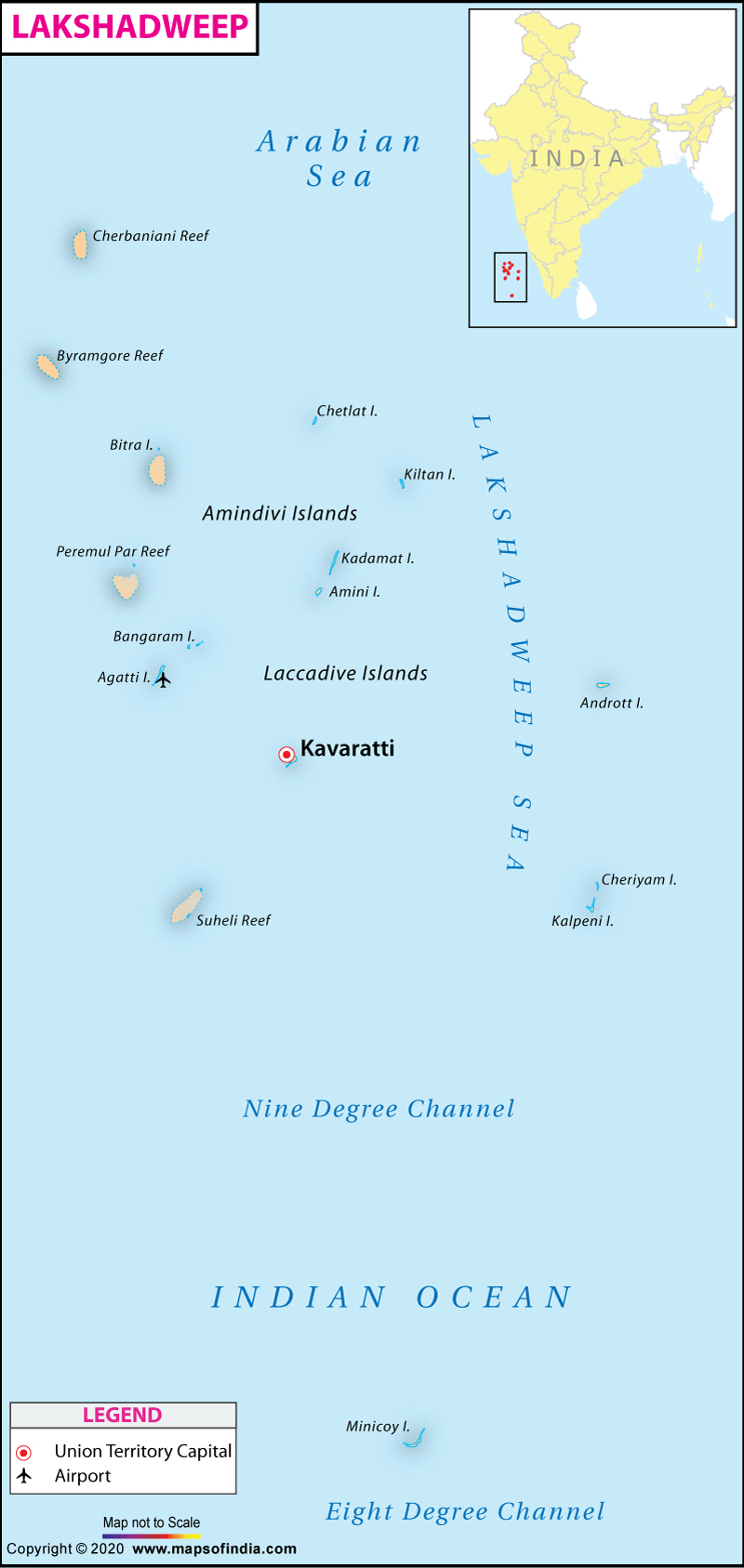Free Courses Sale ends Soon, Get It Now


Free Courses Sale ends Soon, Get It Now



Disclaimer: Copyright infringement not intended.
Context
In a post referring to his visit to the Union Territory earlier this week, the Prime Minister spoke about “the stunning beauty of its islands”, adding that “for those who wish to embrace the adventurer in them, Lakshadweep has to be on your list.”
About Lakshadweep Islands
Historical Background

Geography
|
PRACTICE QUESTION The largest Union Territory of India is? A) Chandigarh B) Puducherry C) Andaman and Nicobar Island D) Lakshdweep Answer: C |
© 2024 iasgyan. All right reserved